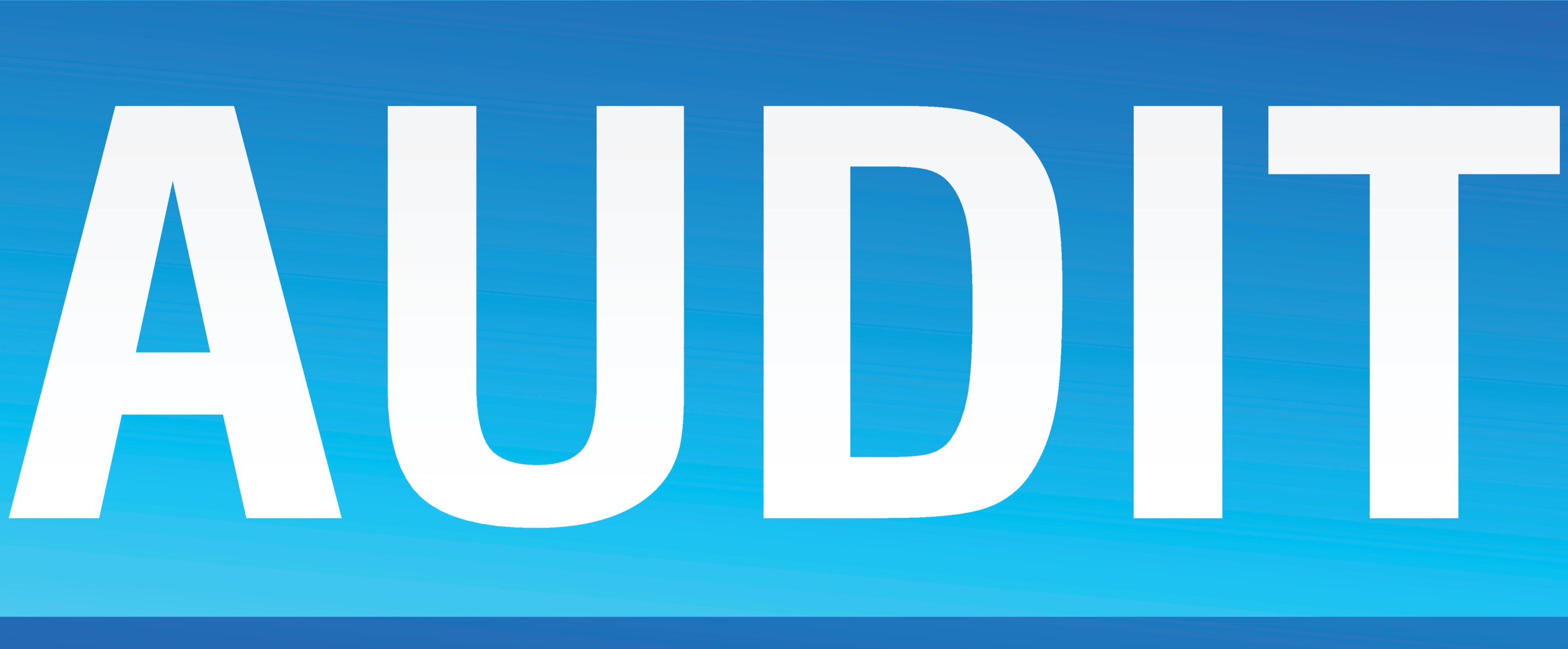Millions of people are unaware of how their personal data is being collected, used, or shared in our increasingly digital society. As a business, it’s more important than ever to have a data privacy strategy to protect customers and employees and remain compliant with applicable regulations.
Melissa Motley, CPA
Recent Posts
Footnotes appear at the end of a company’s audited financial statements. These disclosures provide insight into account balances, accounting practices, and potential risk factors — knowledge that’s vital to making well-informed lending and investing decisions. Here are examples of key risk factors that you might unearth by reading between the lines in a company’s footnotes.
Posted in Audit & Assurance
Forecasting key business metrics — such as sales demand, receivables, payables, and working capital — can help you reduce excess inventory and other overhead, offer competitive prices, and keep your business on solid financial footing. Although historical financial statements are often the starting point for forecasts, you’ll need to do more than just multiply last year’s numbers by a projected growth rate, especially in today’s uncertain marketplace.
Posted in Business Advisory
Providing a Company Car? Here's How Taxes Are Handled.

Posted by Melissa Motley, CPA on Dec 17, 2021
The use of a company vehicle is a valuable fringe benefit for owners and employees of small businesses. This perk results in tax deductions for the employer as well as tax breaks for the owners and employees using the cars. (And of course, they get the nontax benefit of getting a company car.) Plus, current tax law and IRS rules make the benefit even better than it was in the past.
Posted in Business Tax
FASB Offers Practical Expedient for Private Companies That Issue Share-Based Awards

Posted by Melissa Motley, CPA on Nov 09, 2021
On October 25, the Financial Accounting Standards Board (FASB) issued a simpler accounting option that will enable private companies to more easily measure certain types of shares they provide to both employees and nonemployees as part of compensation awards. Here are the details.
Posted in Audit & Assurance
10 Financial Statement Areas to Watch for COVID-Related Effects

Posted by Melissa Motley, CPA on Oct 14, 2021
The COVID-19 pandemic is still adversely affecting many businesses and not-for-profit organizations, but the effects vary, depending on the nature of operations and geographic location. Has your organization factored the effects of the pandemic into its financial statements? You might not have considered this question since last year if your organization prepares statements that comply with U.S. Generally Accepted Accounting Principles only at year-end.
Posted in Audit & Assurance
Heads Up, Restaurants: Federal Relief Could Trigger a Single Audit

Posted by Melissa Motley, CPA on Sep 09, 2021
Since the outbreak of COVID-19, the restaurant industry has been one of the hardest hit by the pandemic’s impacts, leading to spikes in business closures, continued capacity limitations, and unprecedented loss in both jobs and sales. However, many establishments were able to keep their doors open and continue to serve customers throughout the course of the pandemic with the help of federal aid issued through the CARES Act programs, Restaurant Revitalization Fund, and other relief programs. As a result, restaurants may be subject to the Single Audit this year.
Posted in Audit & Assurance
Financial Reporting Issues to Consider in "Going Private" Transactions

Posted by Melissa Motley, CPA on Sep 02, 2021
In the midst of mounting inflation, supply shortages, geopolitical turmoil, threats of cyberattacks, and continuing COVID-19 concerns, public stock prices are expected to fluctuate in the coming months. This situation has unsettled shareholders and makes long-term strategic planning challenging. Now might be a good time to consider getting off the rollercoaster by taking your company out of the public eye.
Posted in Audit & Assurance
Financial Statements: Take the Time to Read the Entire Story

Posted by Melissa Motley, CPA on Aug 04, 2021
A complete set of financial statements for your business contains three reports. Each serves a different purpose but ultimately helps stakeholders — including managers, employees, investors, and lenders — evaluate a company’s performance. Here’s an overview of each report and a critical question it answers.
Posted in Audit & Assurance
Timing counts in financial reporting. Under the accrual method of accounting, the end of the accounting period serves as a strict “cutoff” for recognizing revenue and expenses.
Posted in Audit & Assurance

















